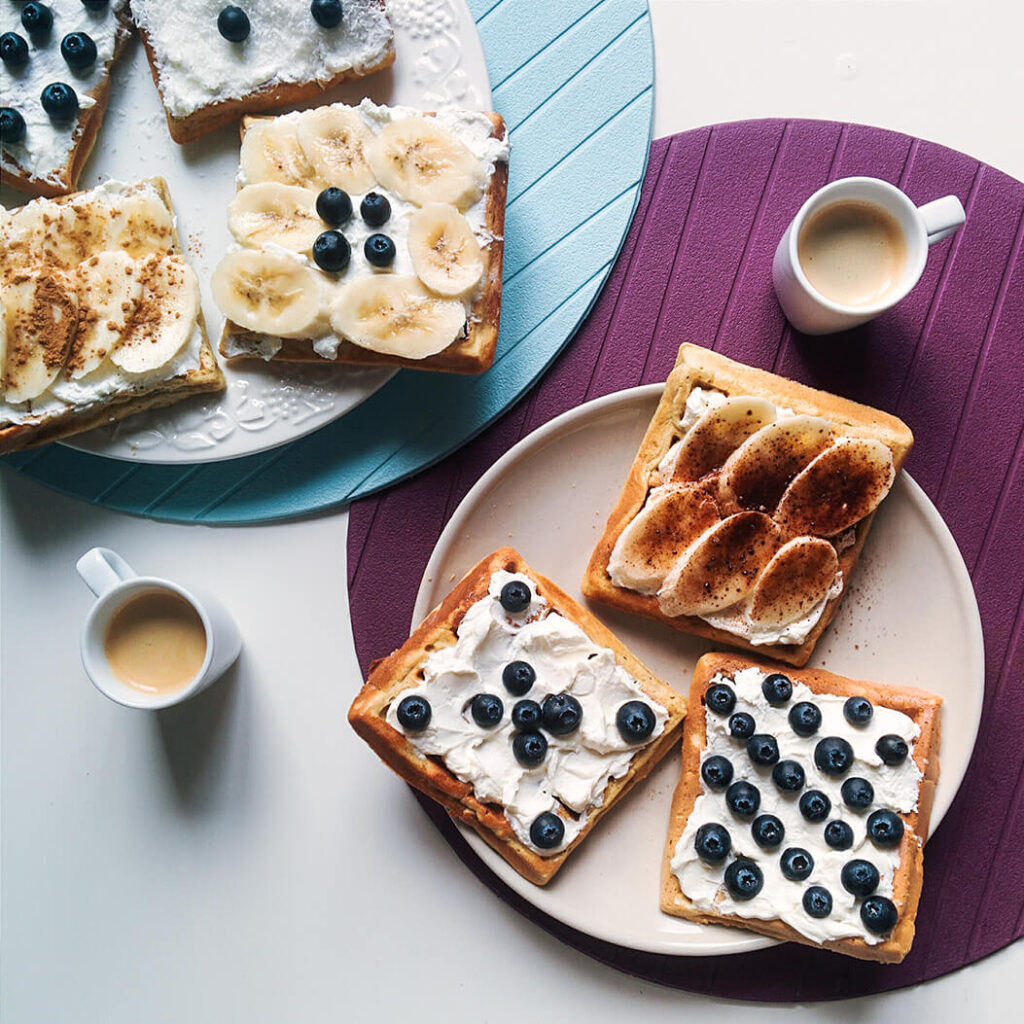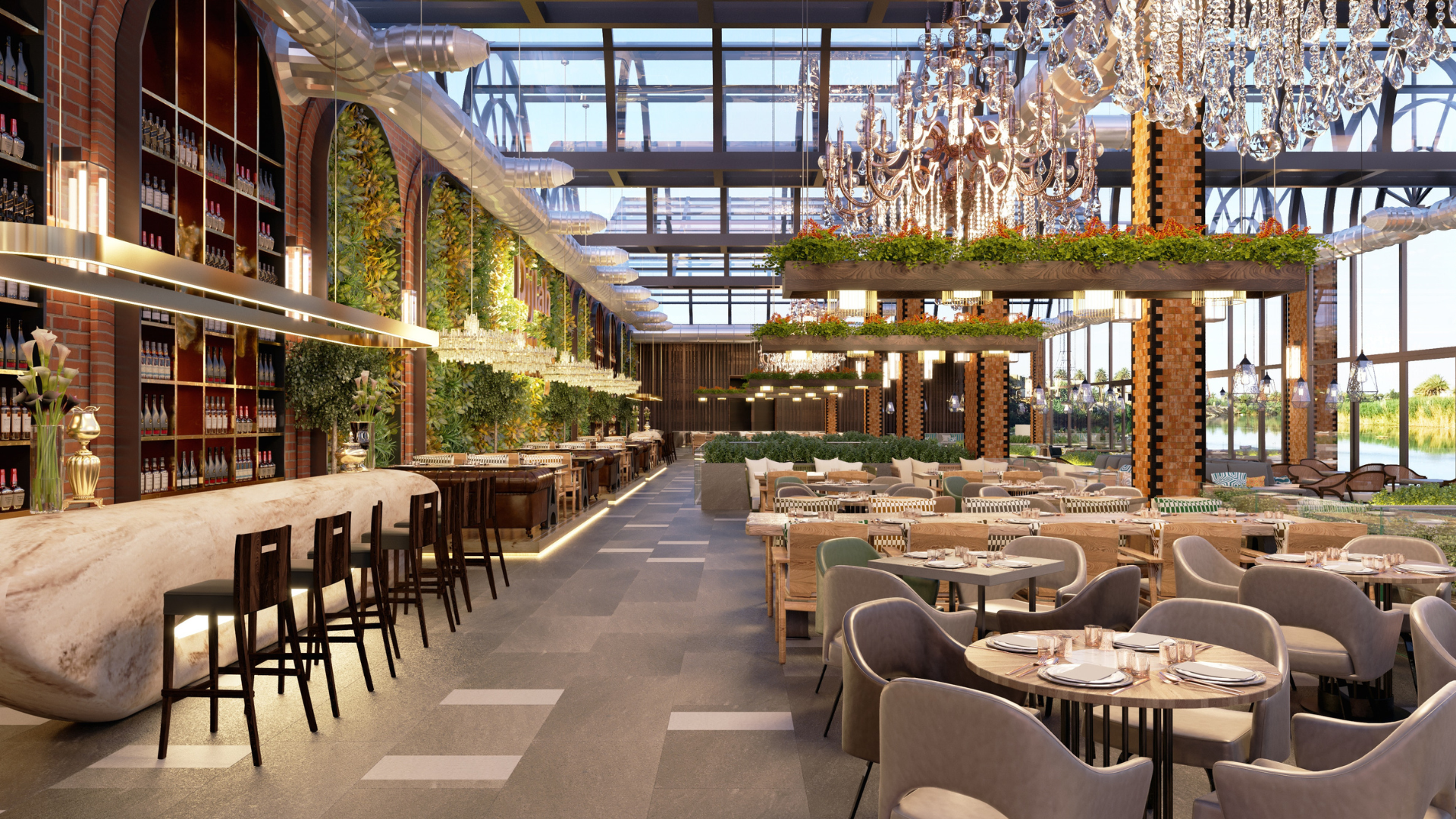10 Expert Tips for Becoming a Food Stylist
Food styling is an exciting and creative career path that combines culinary expertise with visual artistry. If you have a passion for food and an eye for detail, becoming a food stylist could be the perfect career choice for you. In this comprehensive guide, we will explore the world of food styling, from the skills and education required to the steps you can take to launch your own successful food styling business.
1. Understand the Role of a Food Stylist
Food stylists are responsible for making food look visually appealing in various media, including advertising, cookbooks, magazines, and even social media. They work closely with photographers, art directors, and chefs to create stunning food presentations that entice and captivate the audience.
2. Develop Culinary Skills
While a formal culinary education is not always required, having a solid foundation in cooking techniques and food preparation is essential for a food stylist. Understanding the science behind food and how different ingredients interact with each other is crucial for creating visually appealing dishes.
3. Master the Art of Food Presentation
Food styling goes beyond just cooking delicious food; it involves presenting it in a way that is visually appealing. This includes arranging the food, selecting appropriate props and backgrounds, and considering factors like color, texture, and composition to create an enticing visual narrative.
4. Learn Photography Basics
Working closely with photographers means food stylists must have a basic understanding of photography. Knowing how lighting, angles, and composition impact the final image can greatly enhance your ability to create stunning food photographs.
5. Acquire Styling Techniques
There are various techniques and tricks that food stylists use to make food look its best in front of the camera. From using props like toothpicks and glue to create the perfect food arrangement to employing tools like blowtorches and cotton balls to enhance the appearance of food, mastering these techniques will take your food styling skills to the next level.
6. Gain Experience Through Internships and Assistant Roles
Internships and assistant positions are excellent opportunities to gain hands-on experience and learn from seasoned professionals in the field. Look for internships at advertising agencies, food magazines, or even with established food stylists to get a taste of the industry.
7. Build a Portfolio
A strong portfolio is a crucial tool for showcasing your skills and attracting potential clients. Start by collaborating with photographers, chefs, and other creatives to create a diverse range of food styling projects. Include high-quality images that highlight your ability to create visually stunning food presentations.
8. Network and Establish Connections
Networking is essential in any industry, and food styling is no exception. Attend industry events, join professional associations, and connect with photographers, chefs, and art directors to expand your professional network. Building relationships can lead to exciting opportunities and collaborations in the future.
9. Market Yourself as a Food Stylist
Once you feel confident in your skills and have a portfolio to showcase, it’s time to market yourself as a food stylist. Create a website or online portfolio to display your work, utilize social media platforms to share your creations, and consider reaching out to potential clients directly to offer your services.
10. Pursue Education and Professional Development
The world of food styling is constantly evolving, so it’s important to stay updated with the latest trends and techniques. Consider taking workshops, attending conferences, or enrolling in specialized courses like the
FIT Fashion Styling Foundations program offered by Yellowbrick to further enhance your skills and knowledge.
Becoming a food stylist requires a combination of culinary expertise, artistic flair, and a passion for food. By honing your skills, gaining experience, and building a strong network, you can turn your love for food and aesthetics into a rewarding and fulfilling career.
Key Takeaways:
- Food styling is a creative career that combines culinary expertise and visual artistry.
- Understanding the role of a food stylist involves making food visually appealing in various media.
- Developing culinary skills and mastering the art of food presentation are essential for a food stylist.
- Learning photography basics enhances the ability to create stunning food photographs.
- Acquiring styling techniques and gaining experience through internships and assistant roles are valuable steps.
- Building a strong portfolio and networking with industry professionals are crucial for success.
- Marketing yourself as a food stylist through online platforms and direct outreach is important.
- Continuing education and professional development keep you updated with the latest trends.
- Consider enrolling in specialized courses like the FIT Fashion Styling Foundations program offered by Yellowbrick to enhance your skills.
By following these key takeaways, you can embark on a fulfilling career as a food stylist. Remember to stay passionate, creative, and continuously learn and grow within the industry. If you’re looking to further enhance your skills and gain valuable insights, consider exploring the FIT Fashion Styling Foundations program offered by Yellowbrick. This online course and certificate program can provide you with the knowledge and expertise to excel in the world of food styling. Good luck on your food styling journey!




